Boron is an essential micronutrient that plays a critical role in the growth and development of plants. Although required in minute quantities, its significance cannot be overstated. This article delves into the fundamental importance of boron in plant physiology, particularly focusing on its involvement in cell wall formation and fruit development. By understanding the various functions and mechanisms behind boron uptake and utilization, gardeners, farmers, and researchers can better appreciate its importance and implement more effective cultivation practices.
What is the Role of Boron in Plant Growth and Development?
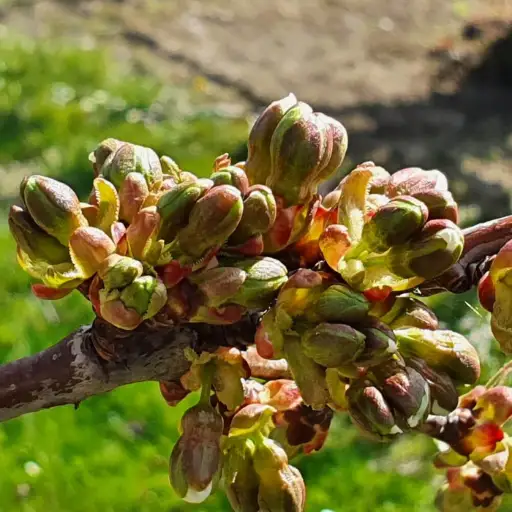
A Critical Assessment of Boron Nutritional Requirement in Plants
Boron is quite involved in these growth and developmental processes within plants. One of these functions relates to the structure of the cell wall, as it cross-links pectic polymers to form a wall pectin domain. Furthermore, boron helps in easy dividing and elongating the cells, a property linked to cell membranes activity. It is also involved in the reproductive stage of the plant by assisting in the development of the pollen tube and successful fertilization of the flowers, which eventually leads to the formation of fruits and seeds. If enough boron is not present, the plants will have dwarfism, low sensitivity to fertilization and low crop productivity.
The Influence of Boron Supplementation on Cell Wall Organization
Boron alters the structure of cell walls by promoting the cross-linking of wall pectin through formation of borate esters. Such linkage formation is of fundamental importance for the strength of the cell walls enabling them to support the plant’s architecture. But when boron is in shortage this cross-linking formation gets impaired followed by brittle tissues and rupturing of cells. There is also boron deficiency and excessive instability of cell membranes so that the adsorption of water and nutrients for the tropic growth of cells is effective. Hence proper levels of boron in the cells of plant tissues is important for the toughness and the normal working of the plant cellular walls.
The Relation between Boron, Fruit Set and Their Quality
Boron is one of the most essential elements that ensures proper fruit set and quality in plants. Pollen tube formation and its further penetration into the ovule to fertilize the ovary needs boron. Appropriate amounts of boron increase both the fruit setting and fruit retention, attributes which are key in optimizing harvests. In addition, boron influences sugar movements within the plant which in turn adds quality and sweetness to fruits produced. Defects in pollen BORON tissue culture may result in failed pollen germination and pollen tube power; thus several moderated fruits can be produced. Boron deficits can also result to deformity, coarse, shrunk and light fruits which lower the profit. Thus appropriate boron is necessary for improved quantity and quality of fruit crops.
What are the Symptoms of Boron Deficiency in Plants?
Main Deficiency Symptoms Demonstrated by Plant Tissue Stress
Boron deficiency has been observed in the plant tissue in the form of several symptoms. Typical symptoms include apical and root growth repression with short, discolored roots and short stunted osseous shoots with thick stems. Leaves are deformed in abnormality, chlorosis, and necrotic lesions particularly in the younger green leaves. Such leaves may also turn crispy with some facets bent away from the normal plane. Furthermore, the deficiency of boron can also lead to pathological conditions such as hollow stem or fruit and tuber cracking also referred to as “brown heart,” in such crops as broccoli or cauliflower. Flower initiation and development may be adversely affected and poor fruit set results by a decrease in yield. Early recognition and correction of these symptoms is important for the health and productivity of the plants.
Why Boron Deficiency Causes a Problem in Root Development
Boron deficiency substantially inhibits root formation due to disruption of cell wall construction and cell division. Boron with respect to other nutrients has special importance in the provision of synthetic materials like pectins that reinforce cell wall structures. In the absence of this nutrient, the support that is offered by the cell wall is lost severely compromising the root structure. Also, the absence of this nutrient contributes to the elongation and the differentiation of the root tissues. In the absence of sufficient boron, there is a problem with rooting cause targets inability of the root cells to extend which leads to stumpy and thick prolific roots. This also impedes the strokes welfare such as plant’s uptake of water and nourishment hence also affecting other aspects of growth. From this, it is clear that optimal levels of boron are important in ensuring proper root formation.
Consequences of Boron Deficiency on Fruit Growth
A lack of boron in plants creates a lot of problems in fruit growth and maturation. One of the major problems is the restriction of cell wall biosynthesis in growing fruits which results in poor structural integrity, and cell wall thickness. This could lead to formation of deformed and very small fruits, which are weak and tend to be more easily broken and diseased. Furthermore, pollen tube extension is inhibited so pollen cannot germinate resulting in poor fruit set and fruit yields due to boron deficiency. Internal diseases and symptoms of the fruit may also include internal browning, tears and crumbling, and lack of pleasant feel. Thus, it is imperative to promptly treat boron deficiencies to promote healthy fruit growth and maximum agricultural output.
How Does Boron Availability Affect Plant Growth?
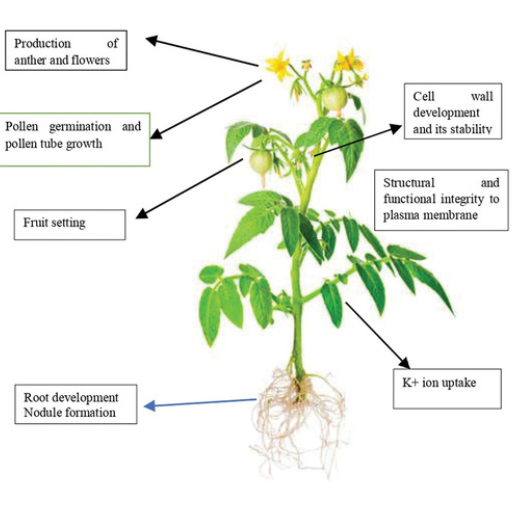
Factors Influencing Boron Uptake in Plants
There is no limitation in resolving possible factors that affect boron uptake in plants that can significantly impact their growth and development. Soil pH is one of the critical parameters since pH levels between 5.5 and 7.0 allow the maximum amount of boron to be used by plants. Soil characteristics and organic matter also determine boron availability, like in the case of sandy soils and low organic matter soils where there is less available boron. At the same time, moisture content in the soil is another important factor in that moist plants are able to take more boron from the soil than during a dry season when the uptake may be lessened. Other ions in the soil, calcium and potassium inclusively, act as competitive ions for the uptake of boron and thus limit boron availability for the plants. Finally, variations among plant species and varieties influence their efficiency in acquiring and using boron since some are more boron deficient than others. All these attributes can be manipulated using appropriate agricultural practices so as to maintain adequate boron for improved body growth and yield.
Total Plant Growth is More Effective At Specific Boron Concentrations
The maximum boron concentration required for Any one crop may differ from one crop or soil type to another, but in general it is advisable for crop geospatially-more detailed soil boron concentration within 0.5 to 2.0 ppm. These level of concentration of available boron will guarantee that there shall be no deficiencies that affect the plant and, at the same time, there shall be no situation whereby there is too large a concentration of bron to be toxic. Soil testing would be able to control these efficiency levels and avoid too much boron management For those soils where such deficiencies are identified Designers boron application of unsuitable soil constituents for example Borax may be appropriate in this case. On the contrary, where such excessive boron is expected population and incorporation of other drainage maintenance measures such as organic wastes will be useful and decrease such toxicity. Consistent adjustments of soil management practices are necessary for optimal level of boron content to be maintained for maximal plant development and optimal crop production.
Boron Supply Improvement Strategies to Plants
Unfortunately, it is not so simple when trying to provide boron to the plants. For instance, the nutritional deficit of boron can be effectively prevented using boron-enhanced fertilizers. They include, among others, borax and Solubor, which can be added to the soil practically in any quantity as there is no restriction on soil application of these fertilizers. However, it would be wise to apply these fertilizers in relation to soil tests where the risk of over-presentation and toxicity may be present. Other methods such as addition of organic matter depending on the availability of materials such as manure and compost may increase boron retention due to improved soil texture and moisture content, which promotes nutrient uptake. Another method is soil pH manipulation since coring pH between 6.0-7.5 improves boron availability. Also, uniform irrigation methods can avoid areas where boron will be deficient. Additionally, crop rotation and growing boron-efficient plant cultivars could assist in keeping the soil-boron content to a reasonable level. To implement these strategies effectively, some regular maintenance and evaluation of the soil have to be undergone to make sure that there is sufficient boron supply for normal plant growth.
What are the Impacts of Boron Application in Agriculture?
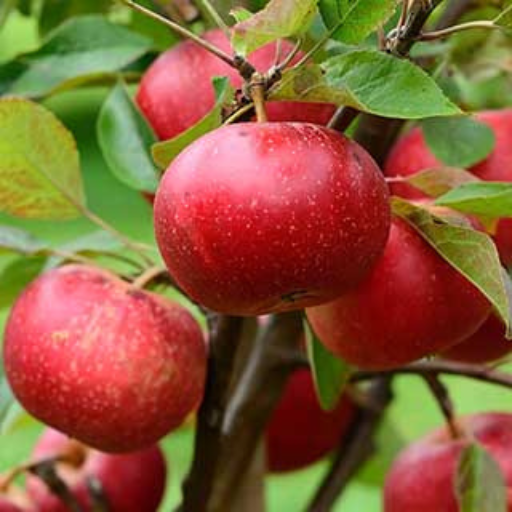
Ways of applying Boron Fertilizers
Boron can be added as fertilizer by different ways. One common practice is soil application whereby the boron contains fertilizers is applied into the soil before planting. This method makes sure that the nutrient is included in the tapping zone for the growing season. Foliar application is one of the several methods where boron is applied to the leaves in the form of spraying since it’s absorbed quickly and the deficiencies can be rectified fast. This is particularly useful for such situations where the plant needs boron within a given time during the growth period. Also, fertigation is one of the processes whereby soluble boron containing fertilizers are mixed with irrigation water in order to ensure that boreon reaches the required area without lack of water. With these methods selection factors such as type of soil, crop requirements, and current boron status because these methods aim to enhance the plant’s growth and health. Periodic soil assessment is very important which also can help in selecting the method and quantity of boron in agriculture which should neither be deficient nor toxic to the plants for sustainable agriculture.
Advantages of Boron for Plants Development
Boron is a plant micronutrient active in a number of physiological events. Boron rationalizes cellulose synthesis and stability of the plant cell walls. Its presence plays a crucial role in cell division and elongation, processes that are vital in the formation of roots and shoots of the plant. Boron is also involved in the movement of sugar and other nutrients within the plants and their effective use. Apart from these, boron is indispensable during the growth of pollen tubes and consequently pollination and fruit set in flowering plants.Boron also in requisite amounts improves the growth and productivity of the plants by enhancing their immune system.They develop more resistance to diseases and different adverse environmental conditions.Therefore, proper application of boron in fertilizers enhances the yield and quality of crops and hence, is a necessity in modern farming agriculture.
Boron Toxicity and Its Effect on Plants
Elevated concentrations of boron in the soil may give rise to boron toxicity, which is harmful to plants and their productivity. Excessive boron is often first observed in terms of stress affecting young leaves, often beginning with leaf margins chlorosis and necrosis and progressing to leaf abscission. Stunted growth is associated with high concentrations of boron since that concentration interferes with certain cellular functions and hinders root development and nutrient absorption capacity. Sensitive crops like oranges, lemons as well as certain vegetables are prone to these adverse conditions. Managing the boron levels to prevent toxicity and decrease costs while raising the plants to their utmost potential would be necessary. Monitoring of the soil and tissue for boron is advisable in order to avoid a gradual accumulation of boron over the years that may take corrective measures.
How Does Boron Induce Cell Wall Metabolism?
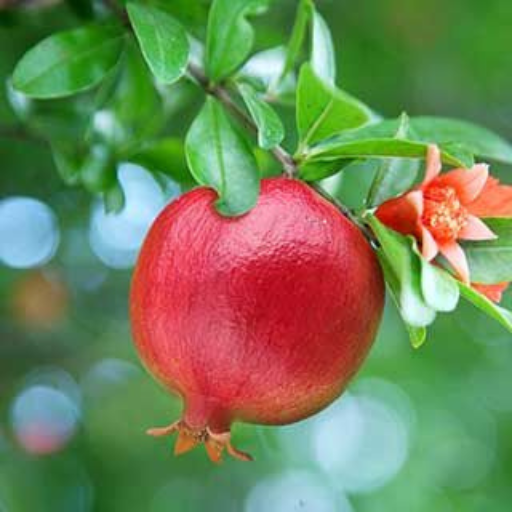
Boron and Its Importance on Cell Division and Elongation
Boron is considered an essential factor affecting cell division and elongation because it is necessary for the formation and stability of cell walls. I conducted research, where it was shown that boron combines with pectins located in the cell wall, mainly establishing boron-pectin complexes for the strengthening of the flexibility and structure of the cell wall. In addition, boron also promotes the cross-linking of cell wall elements like rhamnogalacturonan II which is critical for cell wall stability in the course of cell expansion. When sufficient boron is not provided, cells are unable to properly divided or elongated with further leading to underdevelopment and abnormal growth features. Boron supply must therefore be sufficient for proper growth of plants as well as their healthy development.
Boron and Cell Membrane Integrity
With regard to the evaluation of the effects of boron on cell membranous structure, I realized that boron is inescapable in preserving the structural and functional integrity of the cell membranes. The membrane stabilizing effects of boron improves overall membrane activity by enhancing the lipid layer and the activities of membrane bound proteins and transporters. In the case of optimal levels of micro-nutrients, in this scenario, boron, the membranes of the cells tend to be tougher and more efficient in carrying out regulation of ion and molecule intake and secretion, both of which are important in envelopment and signaling. Therefore, a deficiency of boron comes with adverse effects on the membranes and cellular structure in general because the cellular membranes become weak and porous, encouraging ion leaking and other dysfunction. Adequate availability of boron continuously is also important in maintaining the membranes of the cells in plants and their expected proper functioning, hence the reason for the need to monitor and control the amount of boron present within plant tissues.
The Interaction of Boron and Zinc in Plant Nutrition
In my research on the interaction between boron and zinc in the nutritional aspect of plants, I examined the role of the two microelements and their interdependence in a number of physiological processes. So, boron is needed to provide for the growth of the cell wall and maintenance of the cell membrane whereas zinc cannot be do without in enzyme action, and protein and hormone synthesis. It follows then that for optimal plant growth and development, both boron and zinc must be present at certain levels because together, they enhance structural and metabolic abilities. Zinc participates in the production of auxins which causes the elongation and division of cell while boron regulates the formation of cell wall and cell wall deposition. Any of these two nutrients should not be in deficiency in plants as this leads to adverse growth effects which includes poor root system and loss of crop yield. This is the reason as to why it is important to know how boron and zinc interact.
Reference sources
- Boron in plant cell walls – This article discusses boron’s function in higher plants’ cell walls. Read more here.
- Boron—a critical nutrient element for plant growth and productivity with reference to temperate fruits – This paper highlights recent developments in boron research, including its role in plant growth and productivity. Read more here.
- Localization of boron in cell walls of squash and tobacco and its association with pectin – This study provides evidence for boron’s structural role in the cell wall, particularly its association with pectin. Read more here.
These sources should help validate the feasibility of the topic for your readers.
Frequently Asked Questions (FAQs)
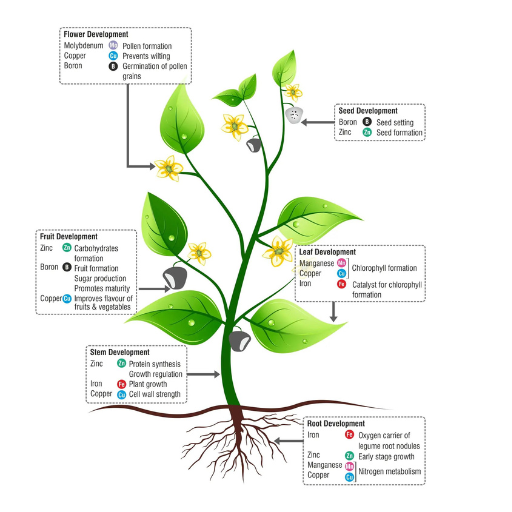
Q: What is the important role of boron in plant development?
A: A boron is very important in forming cell walls and other aspects of the growth and development of plants. It is a nutrient that aids in the structure of the cell walls and the movement of several cells carrying nutrients within the plant.
Q: How does a deficiency of boron affect fruit quality?
A: Boron deficiency causes reductions in growth and photosynthesis, which are detrimental to fruit quality. When boron is deficient, the fruits produced are small and not appetizing, and both the quantity and the quality of the harvest are compromised.
Q: What visible factors reveal that enough boron is lacking in a plant?
A: Some noticeable symptoms of boron deficiencies are short stature, leaf necrosis of certain spots and poor fruit set. In orange plants, for example, roots often grow into the fruit but leave the old blossom stem; this is a consequence of the lack of boron.
Q: What are the potassium and boron interactions in plant’s tissues and their implications?
A: Potassium and boron are essential for optimal plant growth as they function in conjunction. It has been shown that deficiency of any one of the two minerals may induce even greater adverse influences on plant growth than deficiency of one alone.
Q: What do you know of the role played by boron in most plants?
A: Boron functions in plants include the formation of cell walls, alteration of the movement of other nutrients, and participation in reproduction processes. Boron helps cells function properly and is especially noticeable in the synthesis of wall pectins.
Q: How do plants conduct boron?
A: The most common pathway of boron movement within plants is via xylem and phloem tissues that transport dissolved sodium from root to leaves and young fruits so that sodium is present in active growth tissues where it is used.






